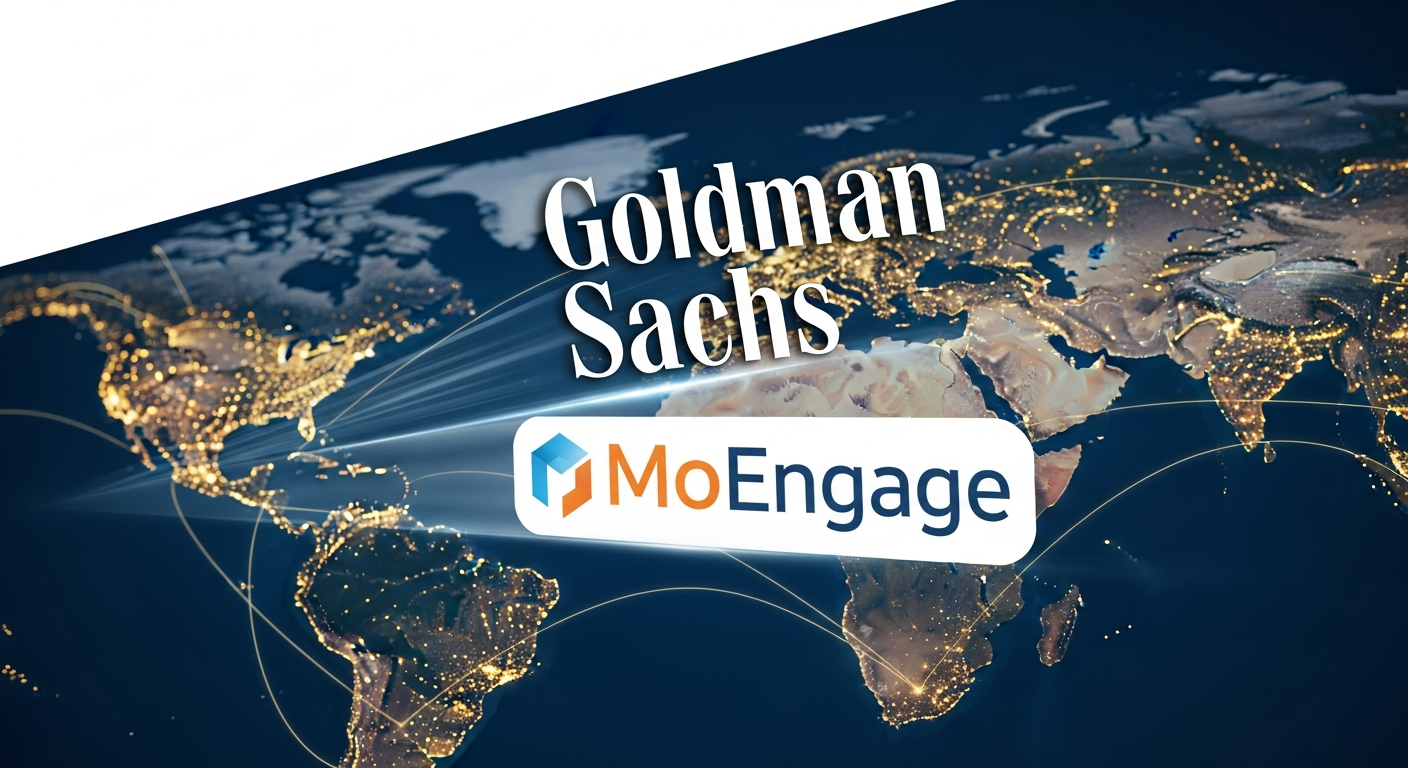Cluely’s Roy Lee Signals Caution: Viral Hype Alone Isn’t Enough
In the fast-paced world of startups, the allure of rapid growth and viral marketing campaigns often overshadows the more grounded aspects of business. However, a recent TechCrunch article suggests that even for a company like Cluely, a dose of reality may be setting in. The company’s CEO, Roy Lee, seems to be signaling a shift in focus, raising questions about the sustainability of growth fueled solely by hype.
The Shift in Focus
The core of the matter lies in a simple, yet telling, decision. Four months after publicly celebrating the startup’s rapid expansion, Roy Lee declined to share Cluely’s financial metrics. This reticence speaks volumes, especially in an industry that often prioritizes transparency, particularly when a company is seeking to establish credibility and attract investment. While the specifics of Cluely’s situation remain undisclosed, Lee’s actions raise legitimate concerns about the long-term viability of a business model that relies heavily on viral marketing and rapid growth.
The move suggests that Lee and the Cluely team may recognize the limitations of focusing solely on the ‘what’ of startup growth, like the number of users or the rate of expansion. The ‘why’ behind the numbers – the financial health and sustainability of the business – is becoming increasingly important. Without solid financial metrics, the ‘how’ of long-term success remains uncertain.
The Risks of Viral Hype
Viral campaigns can generate significant buzz and attract a large user base quickly. However, this growth can be misleading if it isn’t supported by a solid business model. The absence of financial metrics can be interpreted as a lack of confidence in the company’s underlying value proposition or its ability to generate sustainable revenue. The ‘when’ of this shift in perspective is notable, occurring just four months after previous boasts of rapid growth. This timeframe suggests that Cluely may have experienced challenges that are prompting a more cautious approach.
The business category is littered with examples of companies that achieved rapid user growth but failed due to unsustainable business models. Without a clear path to profitability and a healthy financial foundation, even the most successful viral campaigns can lead to a dead end. This is a critical lesson for Cluely and other startups that are riding the wave of initial success.
The Importance of Financial Transparency
In the current business landscape, financial transparency is no longer optional; it’s a necessity. Investors, partners, and even customers want to know the ‘why’ behind a company’s success. A refusal to share financial metrics can damage trust and make it difficult to secure further investment or build lasting relationships. For Cluely, the decision to withhold this information may be a strategic move to manage expectations, but it could also signal underlying issues that need to be addressed.
Roy Lee’s actions, while potentially prudent, underscore the importance of balancing growth with financial stability. The ‘who’ – in this case, Roy Lee and Cluely – are navigating the complexities of the startup world, and their decisions will likely be closely watched by investors and industry observers alike. As the business world evolves, the ability to build a sustainable and profitable enterprise will be more important than ever.
Conclusion
Cluely’s situation serves as a cautionary tale for startups everywhere. While viral hype can be a powerful tool for initial growth, it’s not a substitute for a solid business model and robust financial performance. Roy Lee’s decision to withhold financial metrics is a clear indication that Cluely is focusing on the ‘why’ behind its success. The long-term trajectory of the company will depend on its ability to navigate the challenges of sustainable growth in a competitive environment.









